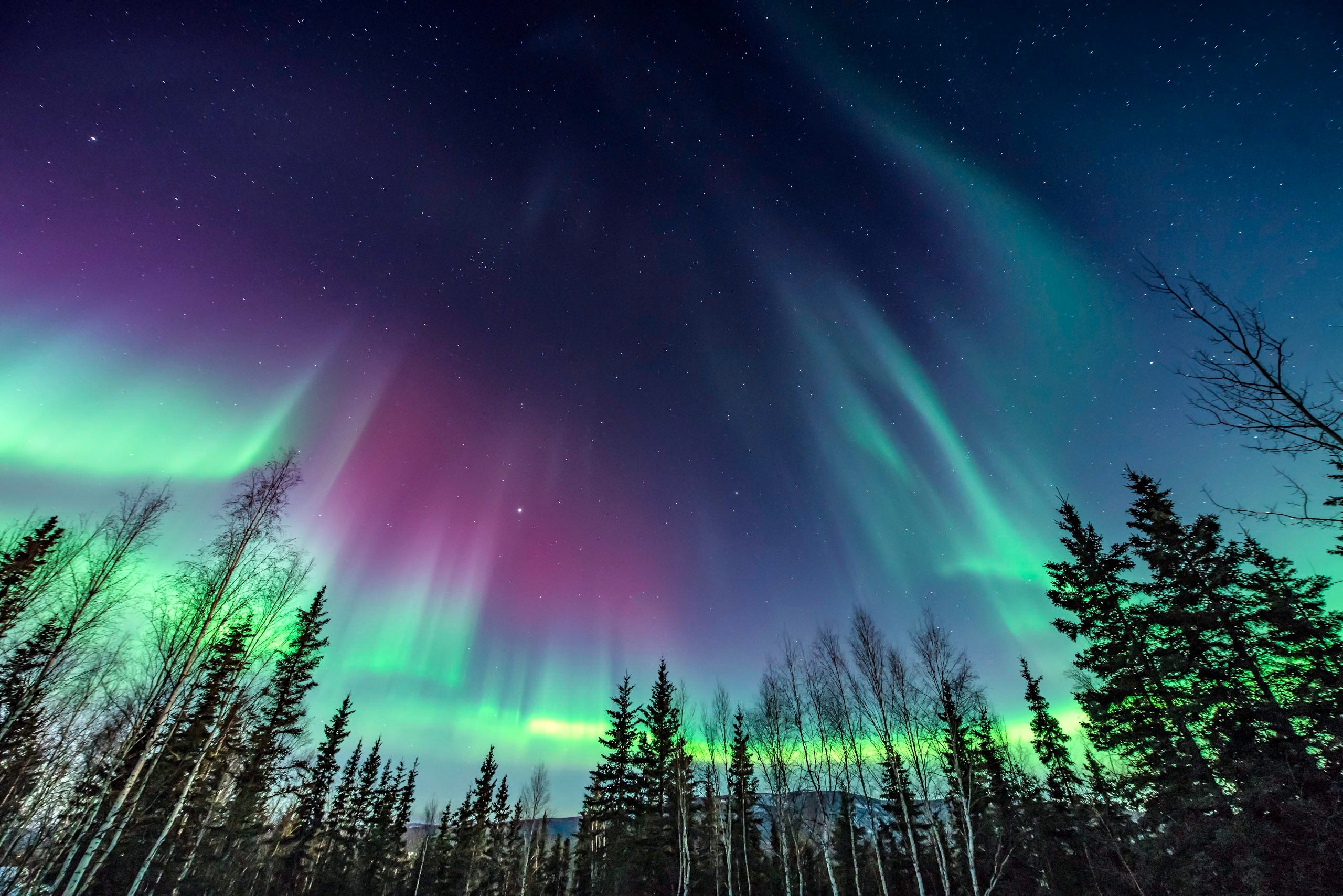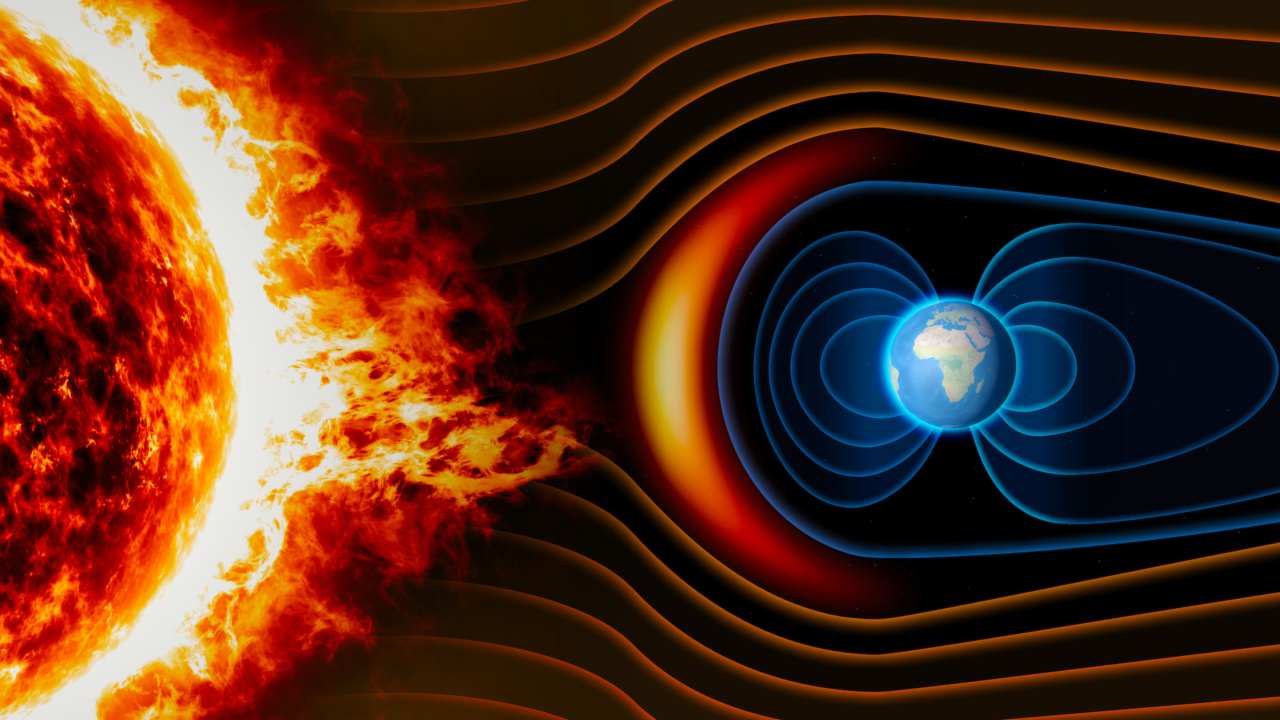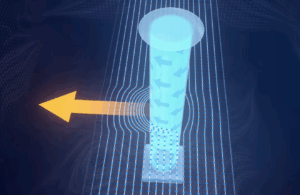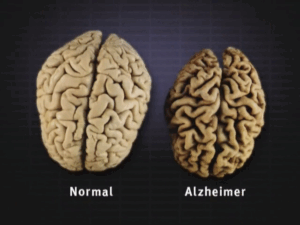The science behind and recent discoveries about solar winds.
Have you ever wondered what creates the Aurora Borealis, that enchanting array of colors against a dark backdrop? The Aurora Borealis is, in fact, the result of a complex mass of plasma—superheated gas—emitted from the Sun called solar winds. Recently, scientists have made groundbreaking discoveries about these winds.

Plasma is ejected from the outermost layer of the Sun, the corona (2). In this area, particles can reach up to two million degrees Fahrenheit, becoming even hotter than they are at the surface of the Sun, meaning that the Sun’s gravity can no longer hold onto them (2). In the Sun’s coronal holes near its poles, winds can reach up to speeds of 500 miles per second (2). As winds travel away from the Sun, taking with them charged particles and magnetic fields, the particles act less like plasma and more like gas (3). The radiation carried on solar winds could devastate a planet. Fortunately, the Earth’s magnetic field redirects this matter around ours. Sometimes, the Sun releases coronal mass ejections (CME), which are stronger versions of solar wind (2). When these powerful bursts of radiation reach the surface of the Earth, they are redirected towards the Earth’s poles, creating the Aurora Borealis (3).

Solar winds were discovered in 1957 by Eugene Parker, an assistant professor at the University of Chicago (2). Parker noticed that the tails of comets always pointed away from the Sun, as if something was pushing them away (3). Based on his mathematical calculations about the solar winds, few other scientists believed him when his paper was submitted to the Astrophysical Journal (2). However, the journal could not find anything explicitly wrong with his math, so they published his paper (2). In 1962, NASA spacecraft Mariner II took readings in space and confirmed the presence of solar winds (3).
Humanity is not completely protected from solar winds, which can damage satellites and disrupt GPS locating (2). In 1859, a large CME called the Carrington Event disabled telegraph and electrical systems for days (2). At that time, the Aurora Borealis was so strong that people could read the newspaper at 1 o’clock in the morning (2). “There was a ghastly splendor over the horizon of the North, from which fantastic spires of light shot up, and a rosy glow extended, like a vapor tinged with fire, to the zenith,” wrote the Cincinnati Daily Commercial (2). It is estimated that if such an event took place today, it could cause over $2.6 trillion in damage to the US alone (2).
Solar science still leaves many unanswered questions. In order to answer some of them, NASA recently dispatched the Parker Solar Probe to fly through the Sun’s corona and into its atmosphere (3). Launched in 2018, the probe began transmitting information about the magnetic structure of the solar winds in 2019. It entered the Sun’s atmosphere in late 2021 (1). The Parker Solar Probe has already helped scientists determine a point of origin for solar winds called the Alfvén critical surface, and scientists hope to learn why the Sun’s corona is so much warmer than the surface as the probe continues its mission (1). This mission is a huge step in solar science because the probe is the closest any spacecraft has been to the Sun, allowing it to transmit groundbreaking data.
Bibliography:
- Johnson-Groh, Mara (2021, December 21). NASA Enters the Solar Atmosphere for the First Time. NASA. Retrieved from https://www.nasa.gov/feature/goddard/2021/nasa-enters-the-solar-atmosphere-for-the-first-time-bringing-new-discoveries
- Lerner, Louise. NASA Enters the Solar Atmosphere for the First Time. NASA. Retrieved from https://news.uchicago.edu/explainer/what-is-solar-wind#how
- Tillman, Nola Taylor (2018, May 19). What is solar wind? Space.com. Retrieved from https://www.space.com/22215-solar-wind.html







Comments are closed.